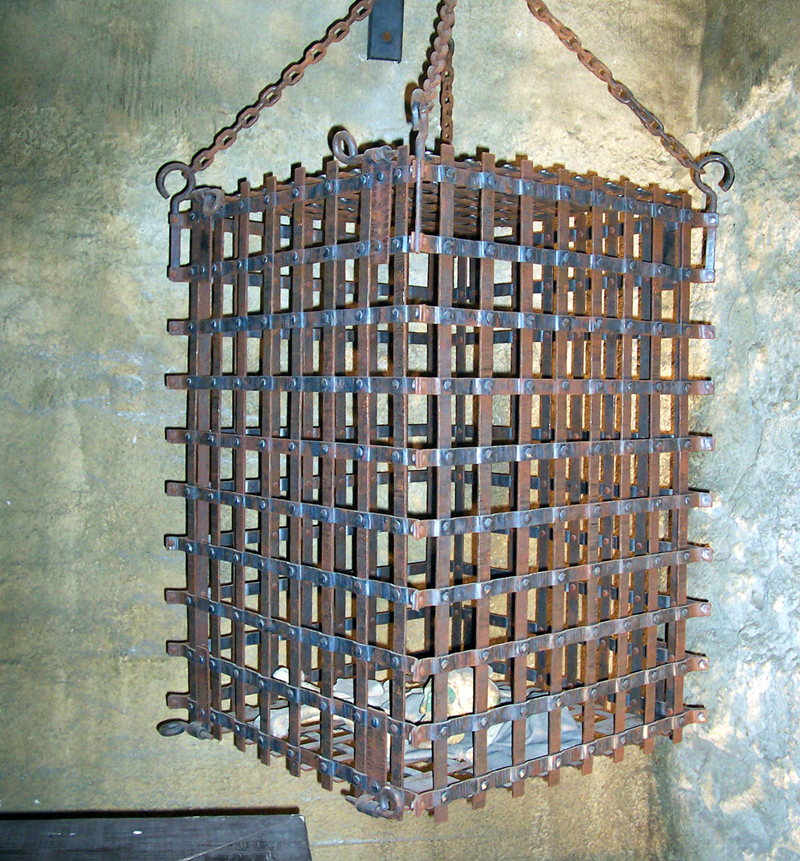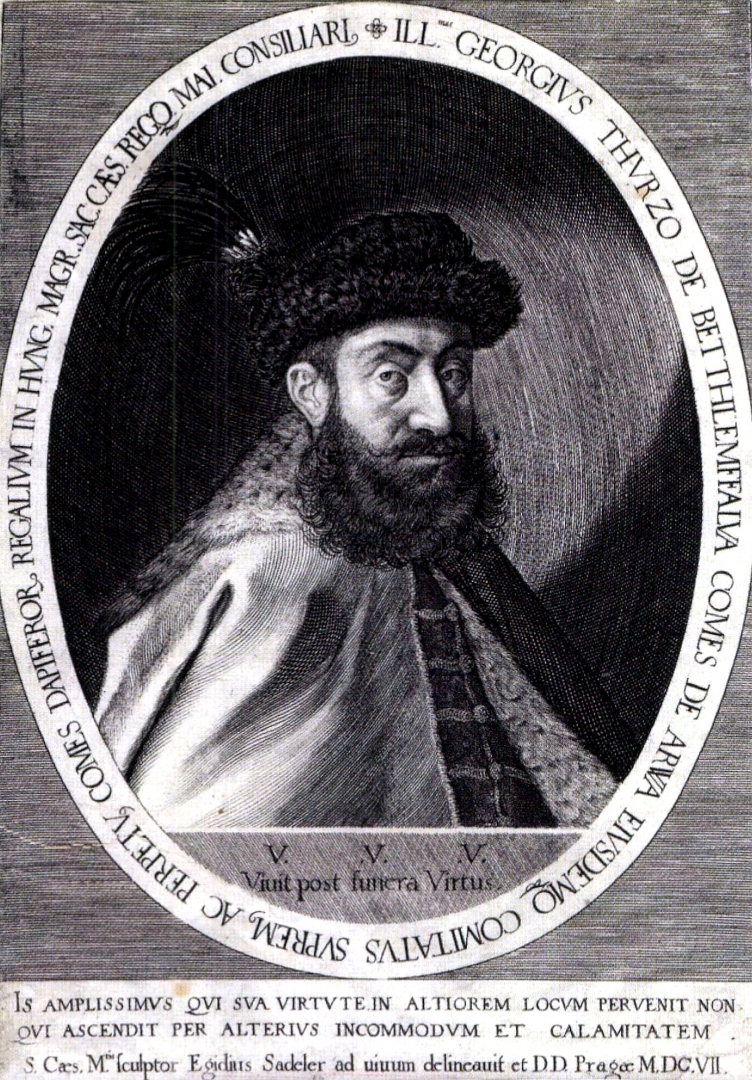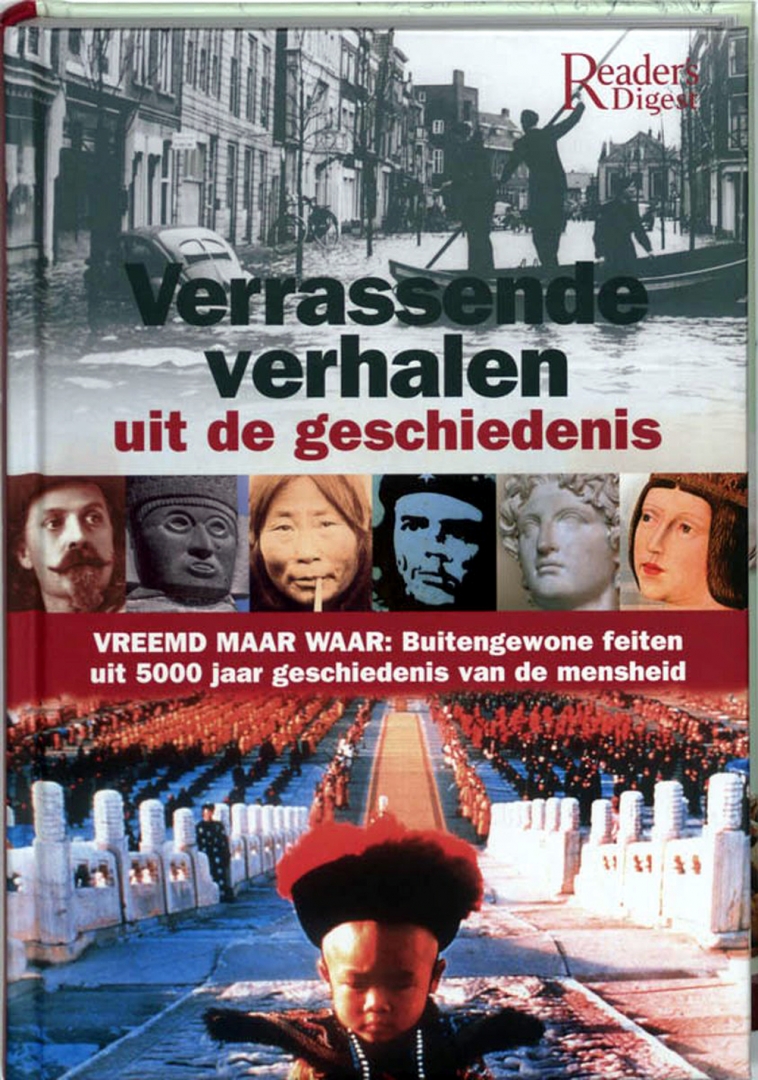Elizabeth Báthory (1560–1614) – The most prolific female serial killer of all time
In the 17th century, a Hungarian noblewoman was held responsible for the deaths of hundreds of young women.
Did Elizabeth Báthory kill her victims so that she could preserve her beauty with their blood, or was her behaviour motivated by sadism?
On a freezing cold night in December 1610, the prosecutor of the
Hungarian Empire and his troops stormed Čachtice Castle in response to rumours of terrible deeds being committed within its walls.
Indeed, they found the countess torturing several girls. The rumour that young women were being murdered was confirmed in a horrific manner.
♦ Was Elizabeth a born sadist?
Elizabeth was born in 1560 into one of Hungary's most prominent noble families, the Báthory family. She was a beautiful woman.
In 1575, at the age of 15, she married Count Francis Nádasdy, with whom she had six children. Elizabeth was an intelligent young woman who could read and write in four languages, but from an early age she appeared to harbour violent sexual fantasies.
Both Count Nádasdy and his wife came from violent families, and there may even have been inbreeding among the Báthory family.
Her husband may have been aware of Elizabeth's sadistic tendencies, and one story has it that an aunt introduced her to flagellation when she wielded a whip that her husband had once used when interrogating Turkish prisoners.
Although Elizabeth soon became known for the harsh punishments she imposed on her female staff, her behaviour was not initially seen as a sign of a disturbed personality.
But after her husband's death in 1604, when Elizabeth was forty and her beauty was beginning to fade, rumours of murders began to circulate.
Elizabeth's thirst for blood is said to have originated from a seemingly innocent event. The countess had a very elaborate hairstyle, which was styled as usual one day by a maid. But this time, the girl brushing her hair pulled a little too hard.
Enraged, the countess slapped her in the face, so hard that the girl began to bleed from her mouth and nose. A few drops of blood fell on the countess's hand, which she wiped away. When she then looked at her hand, the spots where the blood had fallen looked younger.
This is how she came up with the gruesome idea of rejuvenating her entire body with the blood of young girls. At first, she was satisfied with small amounts of blood from the veins of her victims, but her craving grew ever greater.
A special bed was made for her, consisting of hundreds of steel spikes that would impale the body placed on it. The blood was collected and immediately transferred to the countess's bath.
As soon as Elizabeth wanted to care for her skin, a new group of girls was brought in and the torture procedure was repeated.
♦ Monstrous obsession
Although various methods of torture correspond to those described in the legend, the countess's motives have probably been misinterpreted.
In the 17th century, sadism was attributed solely to men. Elizabeth's behaviour was therefore attributed to her vanity, but it seems that it stemmed from the pleasure she derived from the suffering of others.
The tortures were carried out in all of Elizabeth's houses, but especially in Čachitice Castle, located in the Carpathian Mountains.
The castle was ideal for keeping her activities secret. It had a huge number of dark underground passages and cellars.
There she was surrounded by maids, whom she summoned under the pretext that she had a job for them. They were tied up and tortured by Elizabeth's assistants or by Elizabeth herself. Initially, the torture involved sticking needles under the girls' fingernails and stabbing them with scissors. But Elizabeth's behaviour soon became increasingly violent. She began whipping her victims.
At first, the victims of the torture were probably mainly peasant girls, but women of higher social standing did not escape either.
It was customary to send girls from impoverished respectable homes to aristocratic households to acquire social skills and receive an education befitting their social status. Elizabeth saw her opportunity.
The parents were told that their daughter had run away with a lover or died of an illness. The families were advised not to look for their daughters.
As more and more girls disappeared, rumours began to spread. It was even claimed that girls from aristocratic families had been kidnapped on Elizabeth's orders.
It is believed that she murdered around 650 girls over a period of 10 years.
♦ The tortures
Elizabeth used various methods of torture on her victims.
So it wasn't just about the blood. Below are the methods of torture used by Elizabeth Bathory.
The cage
A steel cage that was too small. The girl was put inside it.
The cage had spikes, but these were not used immediately. The cage was hoisted up and Elizabeth would usually stab the girl with a hot poker. Then the spikes would pierce her to death.
Elizabeth always sat under the cage, so that she was showered with blood.
Honey
The naked girl was smeared halfway with honey, after which she was laid outside and insects came to feed on the honey. Eventually, the girl would succumb to fear and the stinging insects.
This method was later replaced by Elizabeth by pouring cold water over the girl and leaving her naked outside on a freezing winter night.
Poke
Elizabeth would burn the girls all over their bodies with a poke or a candle. She also did this to their genitals. And occasionally she would prick the girls with needles.
Meat
The most gruesome torture of all:
Elizabeth had a piece of flesh cut from the girl's body and forced her to eat her own flesh. The girls also suffered severe hunger and thirst.
♦ The rumours confirmed
It was only when the parish priest of Čachtice and several Viennese monks began to complain about screams coming from the castle that it was decided to go and take a look.
The emperor, Matthias II, ordered prosecutor Thurzo to find out what was going on, and he and his soldiers entered the castle on 29 December 1610.
Thurzo himself says that he saw only one dead body on the night they searched the castle, but one of his lieutenants spoke of bodies and body parts scattered throughout the castle.
They also found girls who were still alive, whose testimonies were taken.
A large number of torture instruments were discovered.
Between 1611 and 1614, the year Elizabeth died, more than 300 people were questioned, but no formal legal proceedings were ever brought against the countess herself.
After being tortured, several “assistants” confessed that they had helped recruit victims and participated in sadistic acts.
They had all been in Elizabeth's service for years, one of them as a nanny to Elizabeth's children.
Three of them were burned alive barely a week after Thurzo and his men stormed the castle.
But Elizabeth escaped the death penalty.
♦ Her punishment
There still seems to be a detailed account of Elizabeth Bathory's trial in Slovakia.
Elizabeth was convicted after all. She was locked up in her bedroom and her windows and door were bricked up. A hatch was left open to pass food through.
Elizabeth was to remain walled up until her death.
The wall was broken on 21 August 1614 when Elizabeth was found dead on her bed.
Source: Surprising stories from history, Readers Digest


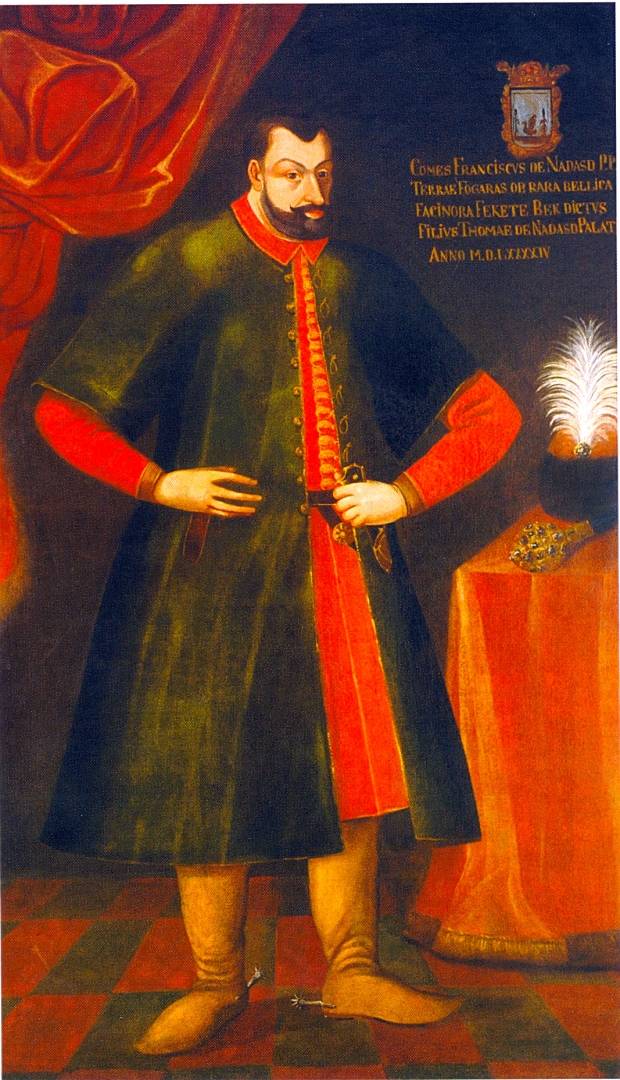
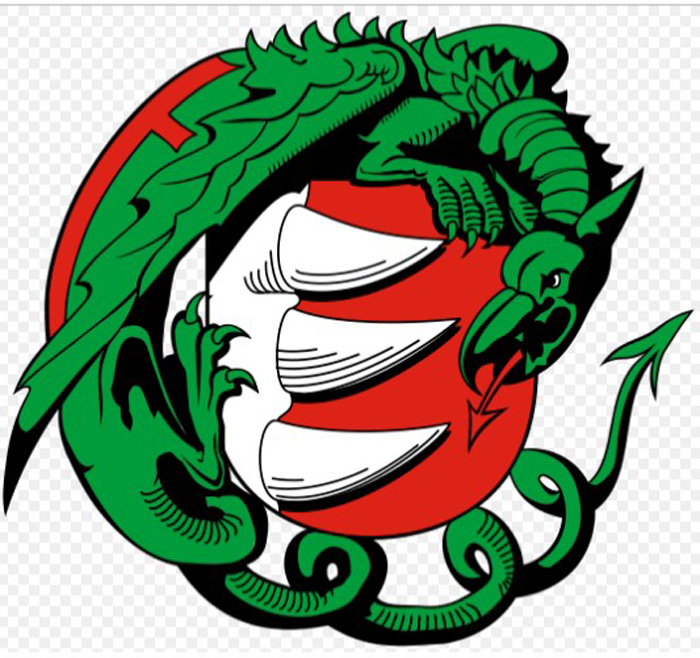
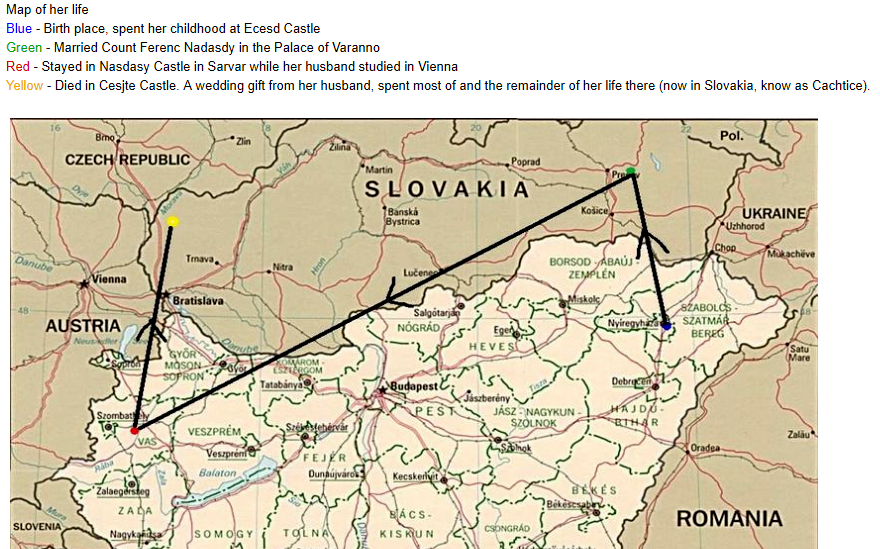
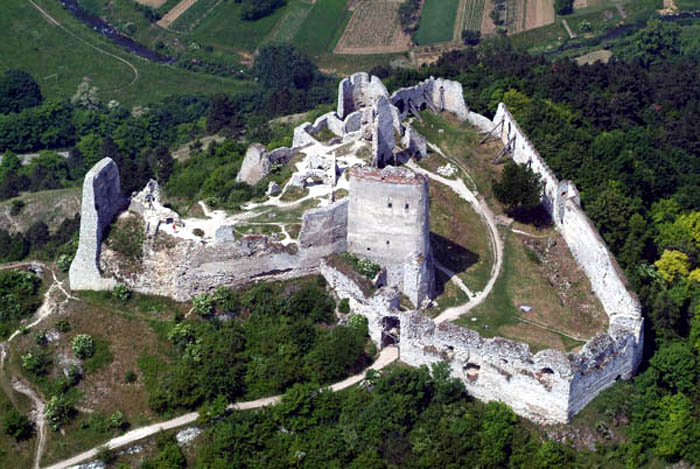


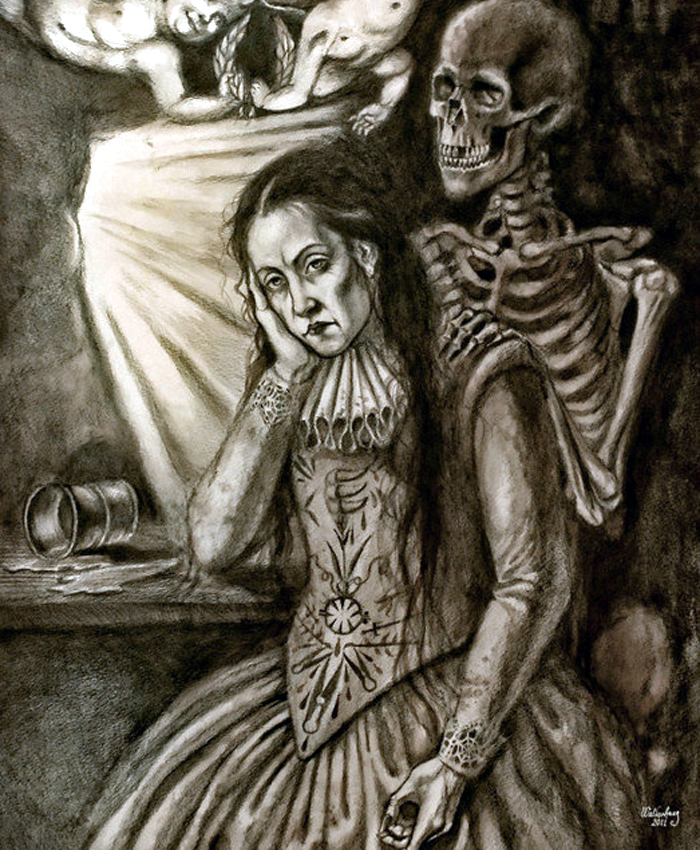
.jpg)
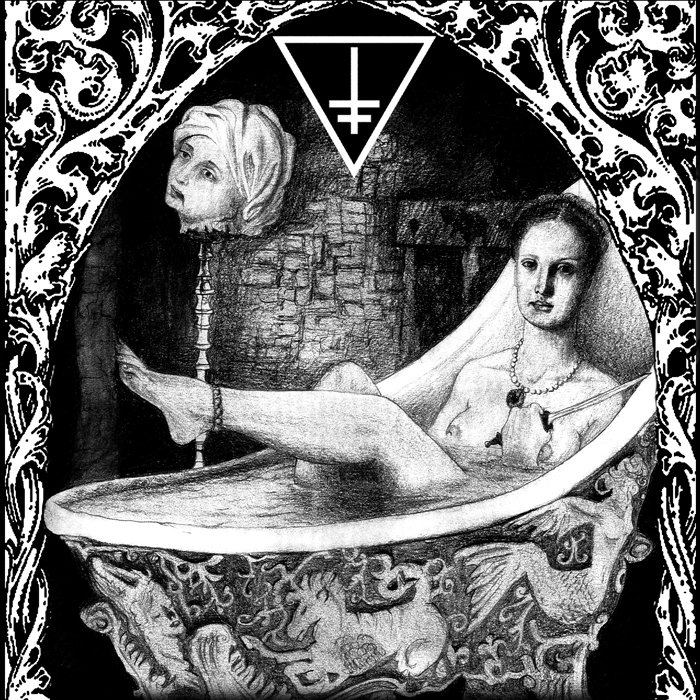

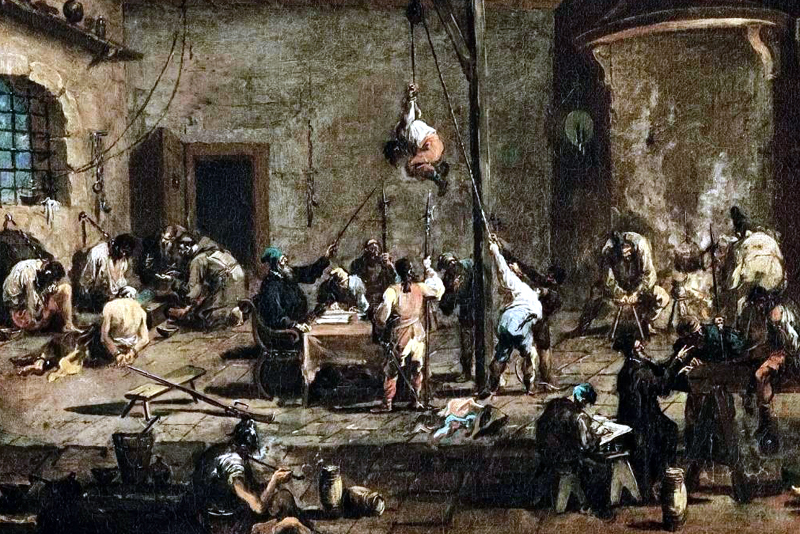
.jpg)
